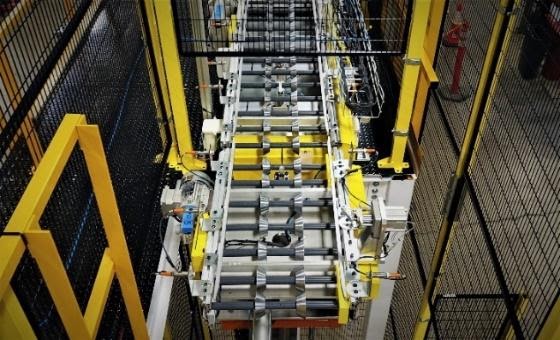Industrial automation has been a major driving force in manufacturing and logistics for decades. However, a new era of robotics is emerging – one focused on collaboration. Collaborative robots, or cobots, are designed to work safely and seamlessly alongside humans, ushering in a profound transformation of the workplace.
What Makes Cobots Different?
Traditional industrial robots, while powerful and precise, operate in isolation, often confined within safety cages to prevent accidents. Cobots break down this barrier with built-in safety features such as force sensors, advanced vision systems, and software algorithms that detect human presence. If a cobot encounters unexpected contact, it immediately slows down or stops, minimizing the risk of injury.
This inherent safety opens up a vast array of new possibilities. Cobots can assist workers with repetitive, tedious, or ergonomically challenging tasks, ultimately improving both productivity and worker well-being. Unlike their bulky predecessors, cobots are often lightweight and flexible, easily adapting to different workstations and applications.
Cobots in Action
The versatility of cobots makes them invaluable across various industries:
Manufacturing: Cobots frequently operate on assembly lines, performing tasks like machine tending, part handling, welding, and packaging. They relieve human workers from monotonous or hazardous jobs while promoting consistency and speed.
Logistics: Warehouses and distribution centers increasingly employ cobots for picking, packing, sorting, and palletizing goods. Their efficiency reduces errors and enhances order fulfillment speed.
Healthcare: Cobots excel in precision-oriented tasks. They’re utilized in surgical procedures, rehabilitation therapies, and laboratory sample handling. This collaboration helps streamline complex medical processes.
Service Industries: In retail and hospitality, cobots are gradually appearing, aiding with tasks such as inventory management, food preparation, and guiding customers.
Advantages of Collaborative Robotics
The adoption of cobots brings numerous benefits to the workplace:
Increased Productivity: By handling repetitive, low-value tasks, cobots free up human workers to focus on more skilled and strategic activities. This collaboration accelerates output and reduces bottlenecks.
Enhanced safety: Cobots significantly mitigate the risk of workplace accidents and protect workers from injuries stemming from repetitive strain or strenuous activities.
Flexibility: The ease of programming and redeployment of cobots makes them ideal for agile manufacturing environments. Businesses can quickly adapt production lines to meet changing demands or introduce new products.
Accessibility: The user-friendly interfaces and intuitive programming of many cobots allow workers without extensive robotics expertise to readily operate and collaborate with them.
The Future with Cobots
The market for collaborative robots is experiencing explosive growth, and its trajectory indicates even greater adoption in the future. As cobot technology advances, we can expect them to become even more intelligent, autonomous, and adaptable. The rise of artificial intelligence will enable cobots to learn and refine their actions, optimizing complex processes and making on-the-fly decisions.
The workplace of the future will be characterized by seamless human-robot collaboration. Cobots, far from replacing human workers, augment their capabilities. This paradigm shift empowers employees to focus on creativity, problem-solving, and value-added work, fueling progress and innovation across industries.
While the potential benefits are significant, thoughtful planning and change management are crucial for a successful cobot integration. Addressing worker concerns, providing adequate training, and cultivating a collaborative mindset will smooth the transition towards this new era of technology-enhanced labor.

